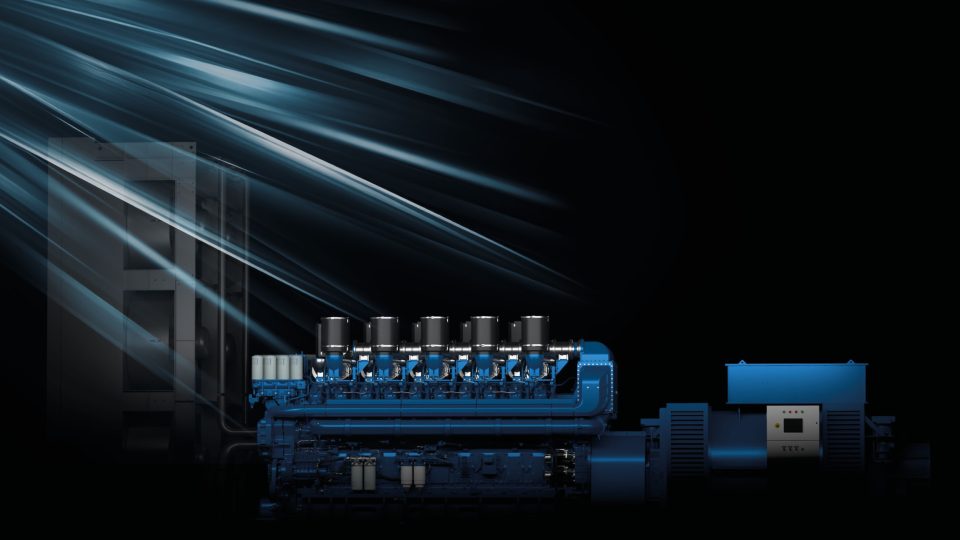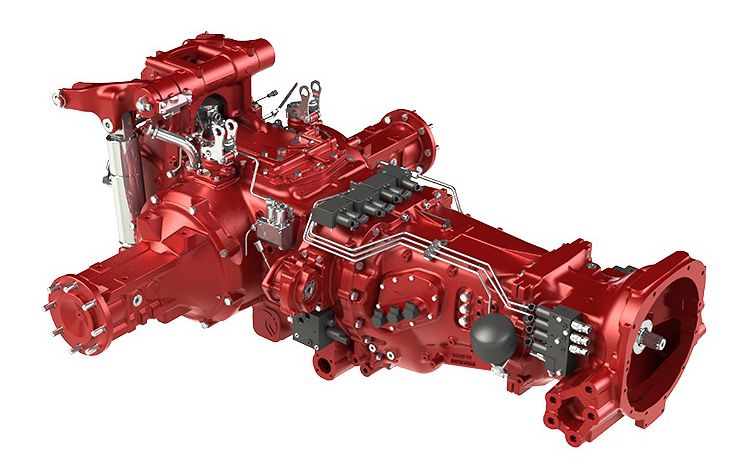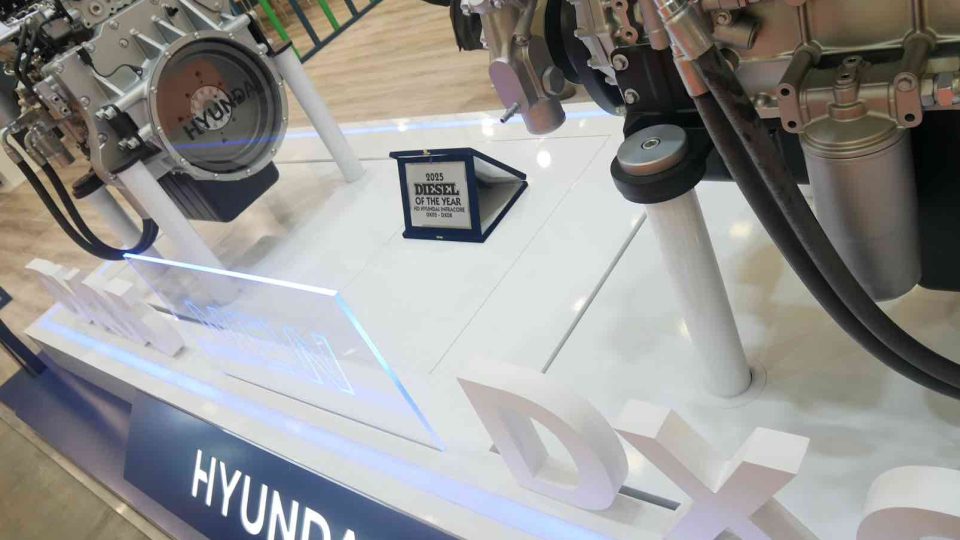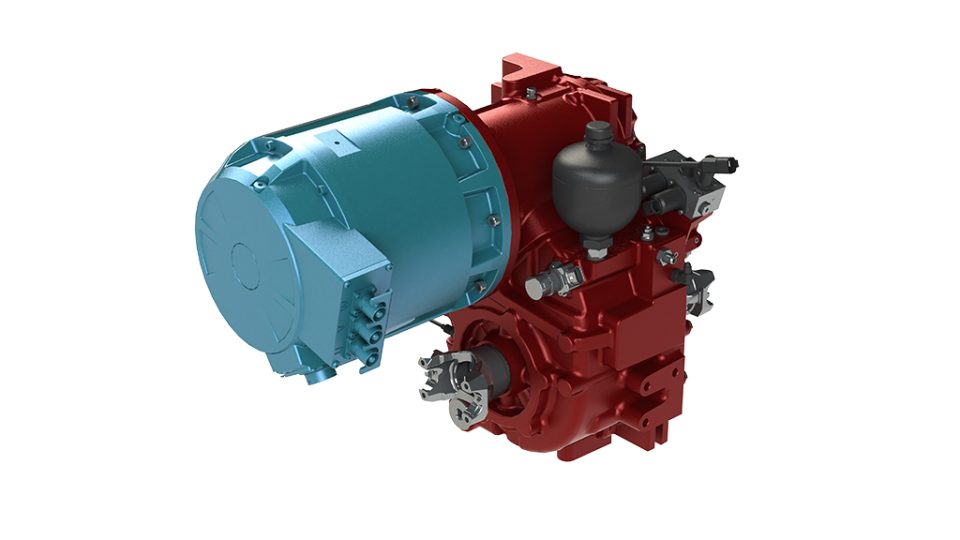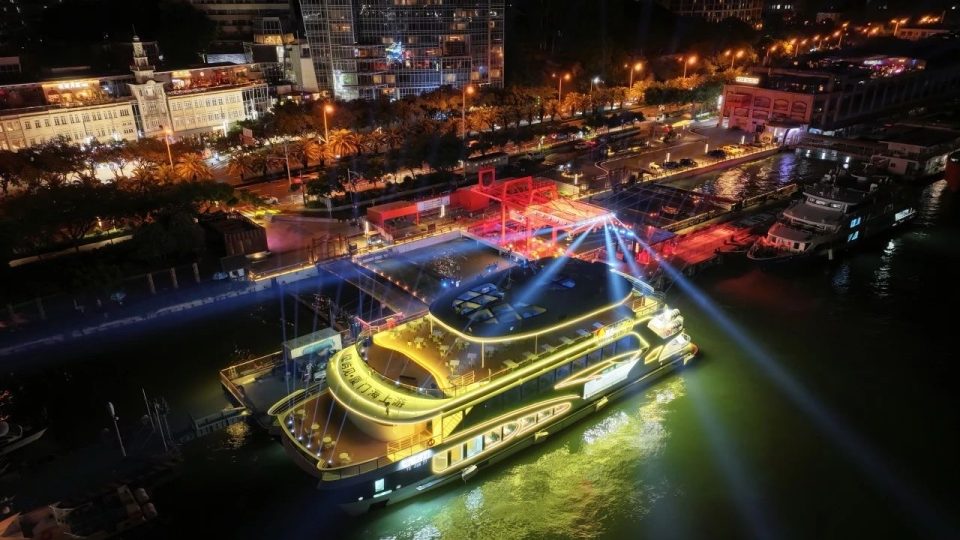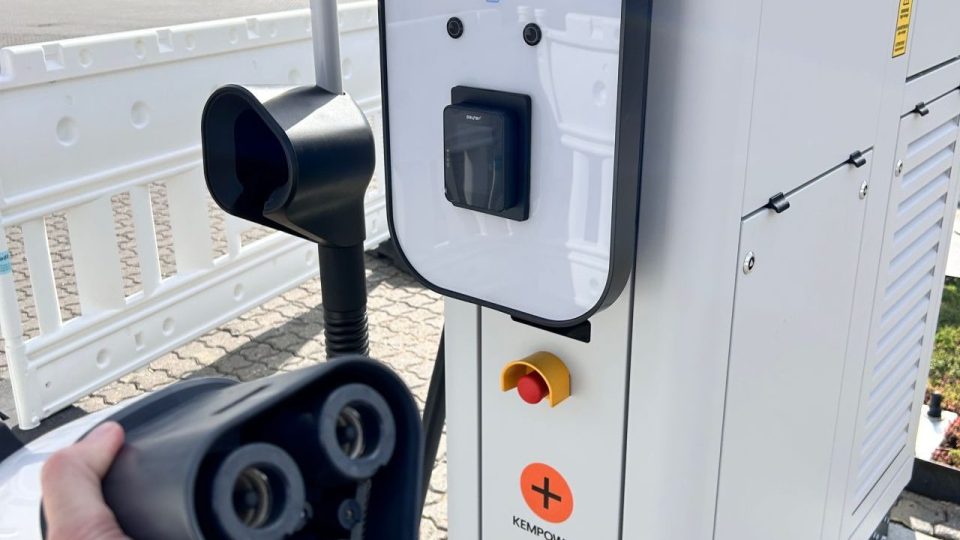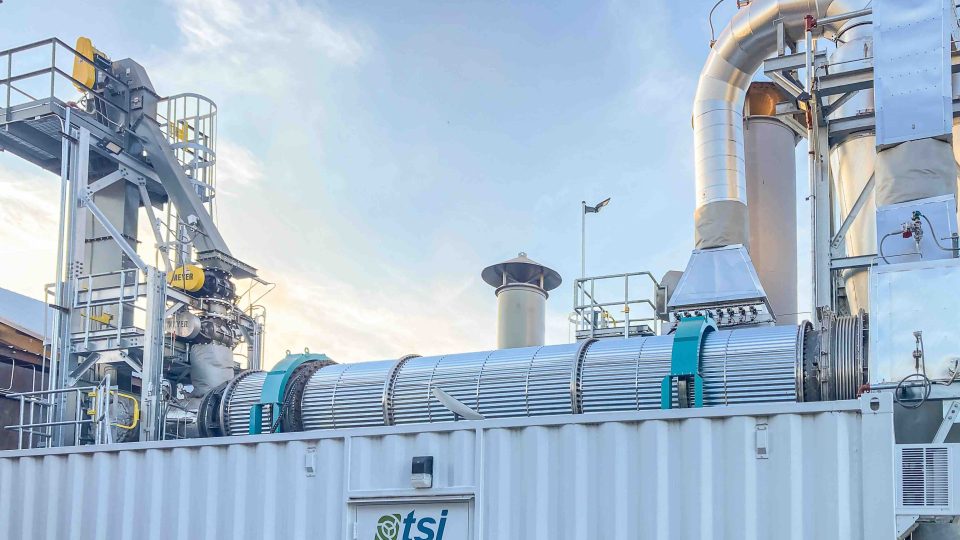We share with you what we experienced at the ACT Expo in Anaheim, California
ACT Expo 2025, our key takeaways from the leading U.S. show on sustainable transportation
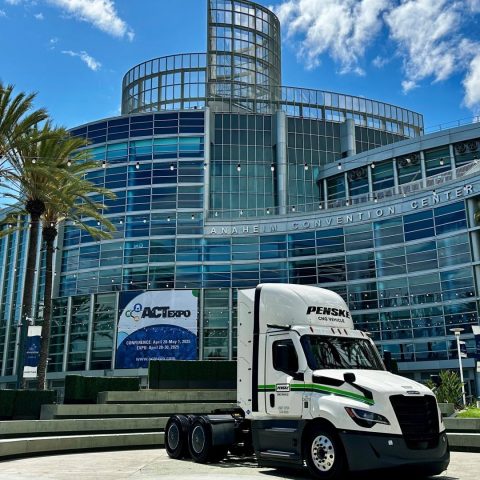
We would like to claim authorship of this overview of ACT Expo 2025. Actually, credit where credit is due, it is the work of our colleagues at Sustainable Truck & Van. Who gave it to us like this (find HERE our report from ACT Expo 2024).
Surfing between the two banks of the Atlantic Ocean
There is more than an ocean separating American and European commercial transportation. Two very different worlds in terms of traditions, dynamics, and vehicle design itself. Hard to imagine, in short, typical U.S. truck on European roads, and vice versa, those who have tried to bring a heavy-duty trucks with European styling to the States have so far been unsuccessful. Similarly, the step vans that the U.S. boast for light transport have never been digested in the old continent.
However, the current energy transition is bringing the two hither to parallel lines closer together, if possible. The need to reduce harmful emissions from commercial transportation is felt on both sides of the Atlantic, although it is being pursued in different ways. If, in fact, the United States has so far proceeded mainly on the initiative of individual states (with the Biden administration being the first to try to define a common framework), Europe is marching, more or less, united in defining the regulatory framework. Certainly, change crosses both continents, Europe and North America. Therefore, attending ACT Expo, the leading North American trade show dedicated to sustainable commercial transportation, for the first time gave us a way not only to experience the U.S. context up close for a few days, but also to understand what the interconnections with the reality closer to home may be.
ACT Expo 2025 was held in Anaheim, California. Not a coincidence, the Golden State has been by far the most active in the search for alternatives to traditional vehicles, thanks mainly to the stringent goals that some organizations, first and foremost the CARB (California Air Resources Board), have been able to express to push the entire system toward alternative fuels-from electric to hydrogen to alternative fuels from renewable energy that can reduce pollution. The 2025 edition of the U.S. show attracted more than 500 exhibitors for a space that grew 40% since the last edition, gave more than 300 speakers the opportunity to speak, and engaged more than 100 journalists. Thanks to the careful organization, equal importance was given to the exhibition space and the conference program, in a successful bounce between confrontation, networking and inevitable business.
Hearing the words of Jennifer Rumsey
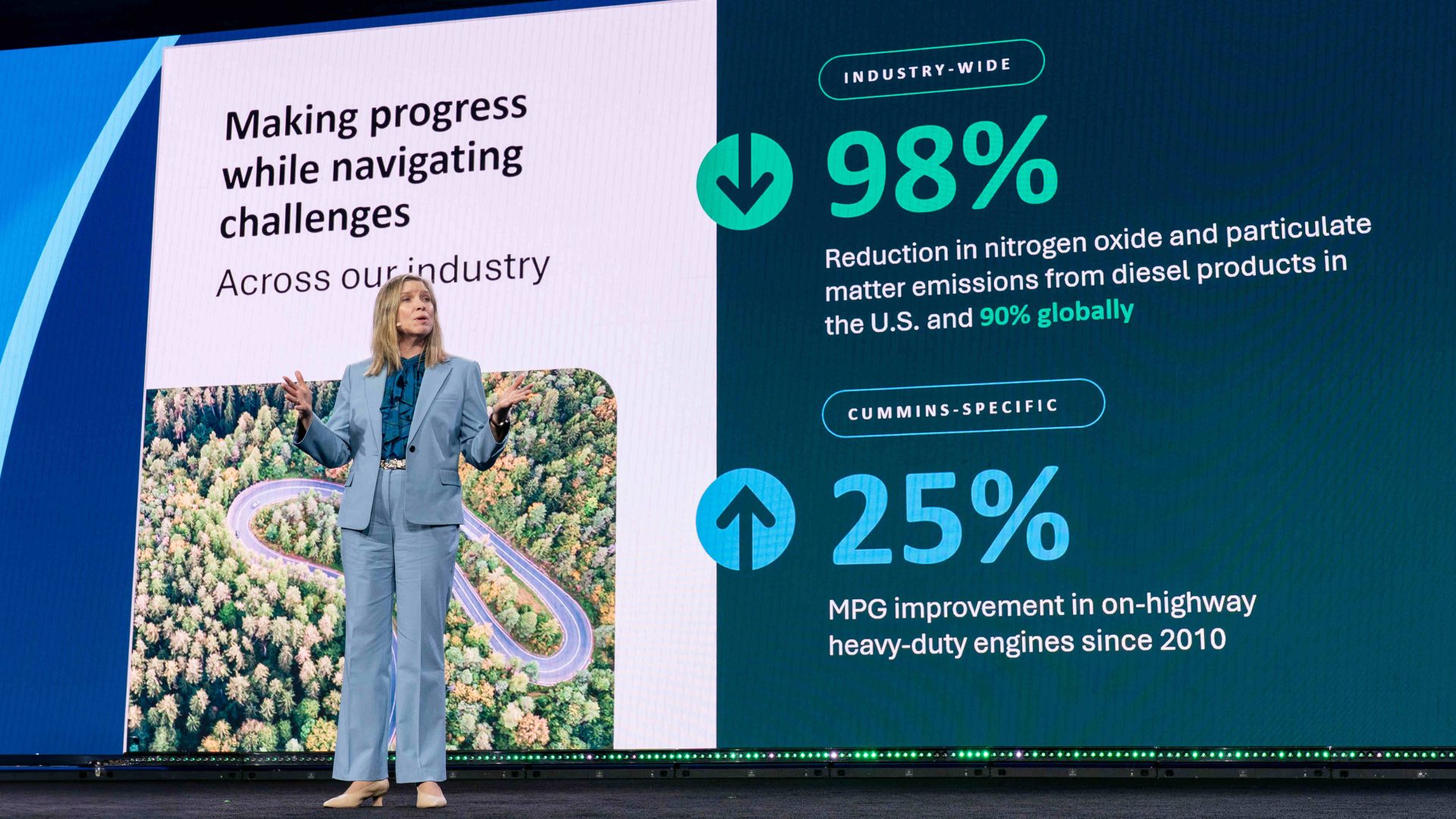
According to Jennifer Rumsey, CEO and chair of Cummins, to pursue a concrete energy transition in an industry that is worth “a trillion dollars” and transports “11 billion tons of goods each year,” we need to proceed along three lines. Certain regulations, first, a sore point given the sudden changes of direction imposed at the national level. Focus on the entire life cycle of fuels or technologies, the very thing the industry itself is increasingly demanding in Europe. Finally, look at solutions that are effective but also pragmatic: electric is the ideal solution for certain applications, not all. And while waiting for hydrogen to show its full potential, give space and promote, precisely, solutions such as fuels from renewable sources and, why not, test the effectiveness of hybrid systems in heavy transport as well. Specifically, electrified powertrains with so-called ‘range extenders’ powered by conventional fuels.

